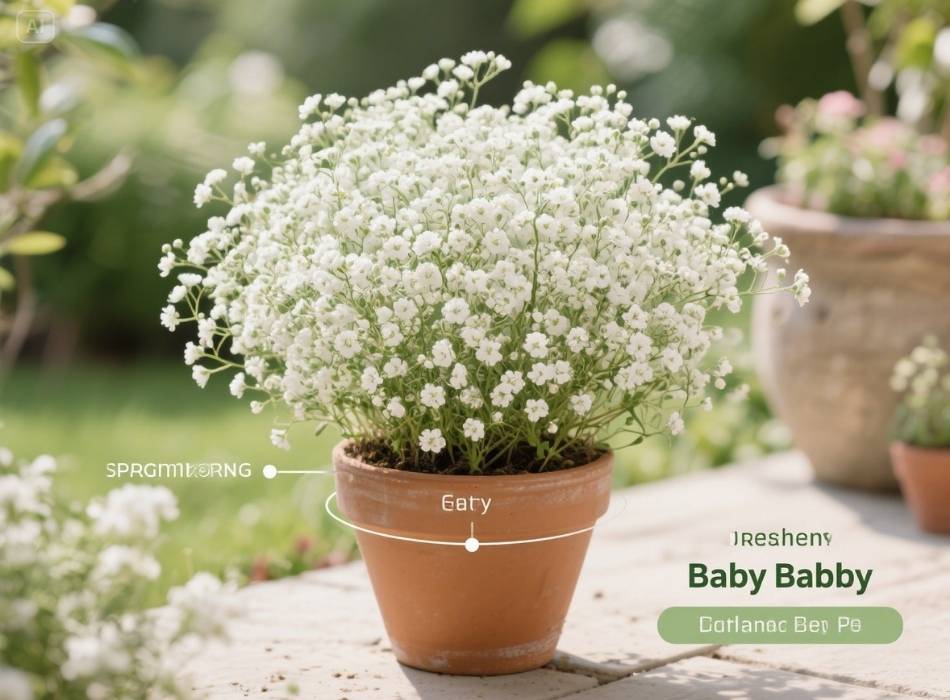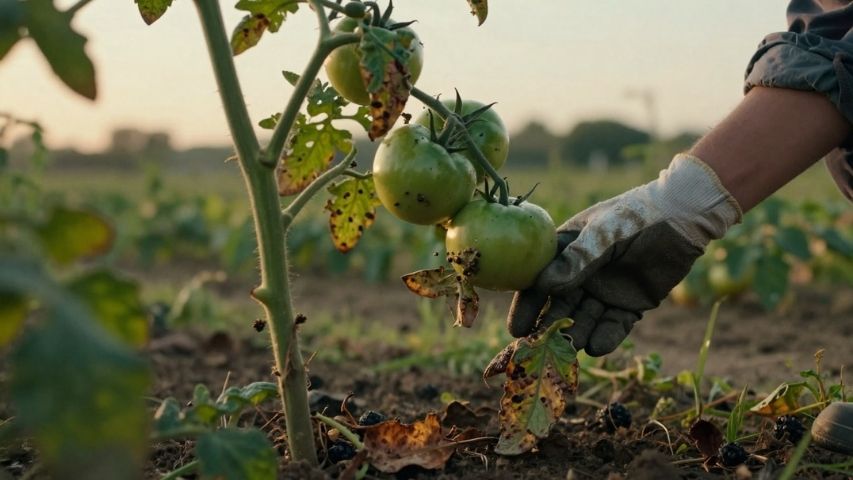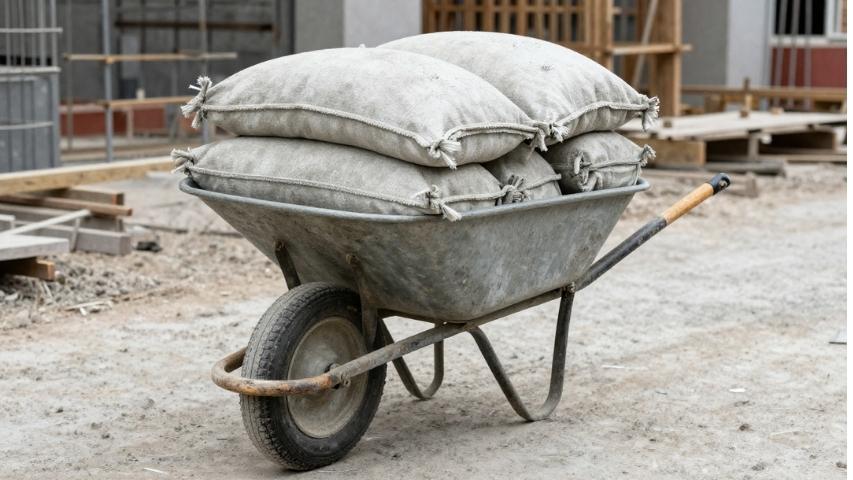Baby’s Breath, known for its delicate and cloud-like white blooms, is a favorite among gardeners and floral enthusiasts alike. Whether you’re planting them in your garden or adding elegance to your patio with potted arrangements, understanding their spacing and pot size is key to growing this stunning plant successfully.
This guide will cover everything you need to know about spacing in outdoor gardening, choosing the correct pot size for container gardening, and tips to ensure your baby’s breath thrives. By the end, you’ll feel confident enough to create your dreamy display of these dainty flowers.
What is Baby’s Breath?

Before we discuss spacing and pot size, it’s helpful to learn a bit about this plant. Baby’s breath (scientific name Gypsophila) belongs to the Caryophyllaceae family. Known for its small, abundant flowers, it is commonly used as filler in floral arrangements. However, when planted in a garden or potted on its own, the baby’s breath shines as a decorative centerpiece.
There are mainly two types of baby’s breath to choose from:
- Annual Baby’s Breath (Gypsophila elegans): Short-lived but blooms quickly.
- Perennial Baby’s Breath (Gypsophila paniculata): Sturdier plants that come back year after year.
Both varieties thrive in well-draining soil under full sun, making them ideal for a low-maintenance yet gorgeous addition to your space.
Spacing Baby’s Breath in Outdoor Gardens

When planting a baby’s breath directly in a garden, proper spacing is essential to ensure healthy growth and minimize competition for nutrients. Here’s what you need to know:
Ideal Spacing for Baby’s Breath
- Space each baby’s breath plant 12 to 24 inches apart.
- Perennial varieties, which tend to grow larger and bushier, typically require 18 to 24 inches between plants to allow adequate room to spread and thrive.
Why is spacing important? Overcrowding can lead to:
- Stunted growth, as plants will compete for sunlight, soil nutrients, and water.
- Higher susceptibility to pests and diseases, as cramped conditions reduce airflow around the plants.
Row Spacing for Garden Bed Arrangements
If you’re planning rows of baby’s breath for a border or mass planting, keep rows at least 24 inches apart to allow room for weeding, pruning, and good air circulation.
Companion Planting Considerations
Baby’s breath pairs beautifully with roses, lavender, or daisies. However, be mindful of larger neighboring plants potentially overshadowing or crowding your baby’s breath. Position them alongside low-growing or similarly sized plants for maximum harmony.
Choosing the Right Pot Size for Baby’s Breath

If you’re short on garden space or love the look of baby’s breath planted in pots on your balcony or patio, container gardening is a great option. However, the right pot size is crucial for a container-grown baby’s breath to flourish.
What Pot Size is Best for Baby’s Breath?
For baby’s breath, choose pots with the following specifications:
- Diameter: At least 10-12 inches wide for one plant.
- Depth: A minimum of 8-12 inches deep to accommodate the root system. Baby’s breath has relatively shallow roots but requires some room to spread to stay healthy.
If placing multiple baby’s breath plants in larger pots, allow 6-8 inches of spacing between each plant within the container.
Drainage is Non-Negotiable
Baby’s breath craves well-draining soil and dislikes wet feet. To prevent waterlogging, select pots with sufficient drainage holes. You can add a layer of gravel at the bottom of your pot to enhance drainage further.
Material Matters
While any potting material will work, terracotta or ceramic pots are particularly good choices for baby’s breath. Their porous nature helps regulate soil moisture, providing an optimal growing environment.
Caring for Baby’s Breath in Both Settings

Whether in the ground or a pot, here’s a brief checklist to keep your baby’s breath flourishing:
- Sunlight: Ensure the plants get at least 6 hours of full sun daily.
- Watering: Water lightly; the soil should feel dry to the touch between waterings.
- Pruning: Deadhead or trim faded flowers regularly. This encourages prolonged blooming, especially for annual varieties.
- Fertilizing: Feed lightly with a well-balanced fertilizer every 4-6 weeks. Avoid over-fertilizing, as the baby’s breath typically thrives in lean soils.
Common Mistakes to Avoid
Overcrowding
Cramming too many plants into one area or container can stifle growth and increase disease risk. Always follow recommended spacing guidelines.
Ignoring Drainage
Poor drainage in pots or in-ground plantings can lead to root rot. Soil that doesn’t stay soggy is essential for healthy baby’s breath.
Overwatering
Baby’s breath is drought-tolerant and thrives best with infrequent, light watering. Overwatering can quickly lead to wilting or fungal diseases.
Why Proper Spacing and Pot Size Make All the Difference
Baby’s breath may be small and delicate, but its impact is mighty when given room to grow. When properly spaced in gardens, this stunning plant creates airy clouds of flowers that add dimension to beds and borders. Meanwhile, pots with the right size and drainage provide the perfect home for patio blooms, creating a refined yet relaxed ambiance.
By investing time in understanding and implementing these planting essentials, you’ll reap the reward of thriving, vibrant plants.
Bring Your Dream Garden to Life
Planting a baby’s breath is simpler than you think when you nail the basics of spacing and pot size. Are you ready to transform your garden or patio with this timeless classic? Grab your gardening gloves and get started today.
For more gardening tips, be sure to explore additional resources from our blog for expert advice on blooming success!











